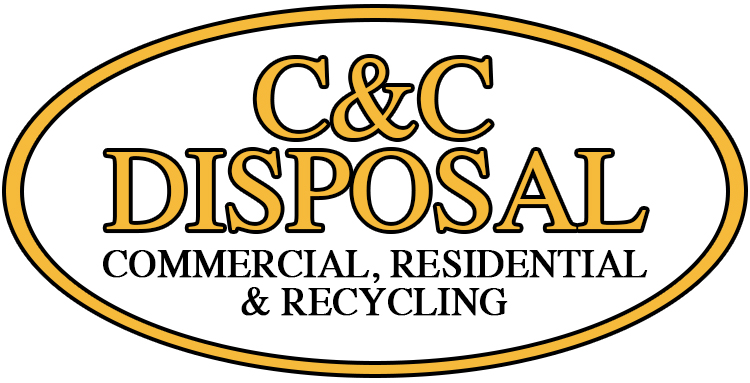
The kitchen may be the heart of a home, which is often why it’s also the dirtiest place in a home. There’s the obvious mess—like used dishes, a sticky floor, or a crusty oven. But oftentimes, there are areas and objects that are overlooked, so ask yourself, are there other places you’re forgetting to clean?
Think about the areas and objects you may be using every day during food preparation. What should come to mind are kitchen counters, handles, sinks, sponges, reusable water bottles, and more. They’re often touched daily, so it’s crucial to disinfect them either every day or a few times a week to avoid built-up bacteria and cross-contamination.
Read on to find out what the dirtiest places are in your kitchen and how to properly clean them.
Any Knobs, Handles, and Touch Pads
Every appliance in your kitchen has some type of control panel or handle that’s touched each time it’s used. It’s important to remember to wash all those knobs, buttons, or touchpads weekly because they’ve often overlooked when we’re giving our kitchens a deep clean. Especially if you’re touching it when you’re cooking or handling raw food. Be sure to clean kitchen cabinet pulls, appliance handles, and control panels using a disinfectant wipe or spray-on disinfectant cleaner and clean cloth or paper towel.
Sink
Even though there is plenty of water running through your kitchen sink, there are likely microbes lurking on the surface, especially in the crevices where the sink joins the counter, around the drain, and garbage disposal stoppers.2
The kitchen sink should be disinfected after every meal preparation, washing dishes or at least once per day, and don’t forget the handles and faucet and the counter areas near the sink. They catch all of the splatters when you rinse off contaminated foods. Use a sink cleaner that contains a disinfecting agent and a clean towel or disposable disinfectant wipes.
Sponges, Brushes, and Dishcloths
In an effort to reduce the use of paper towels and their impact on the environment, many homes use cellulose sponges, sink scrubbing brushes, and fabric dishtowels. Unfortunately, kitchen sponges and cleaning brushes harbor high bacterial levels, if not properly washed and disinfected.3
If you use these products, they should be washed in hot water after each meal preparation or cleaning session. Sink and vegetable scrubbing brushes can be placed in the dishwasher for thorough cleaning after each use.
Refrigerator
We’ve already discussed what can lurk on refrigerator handles and touchpads, but even with the cold temperatures, some pretty harmful bacteria can actually grow inside your fridge.4
Most fruits and vegetables will stay fresh longer if they are not washed before storing. In this case, it’s better to store them unwashed to avoid quick spoilage, but it’s important to wash the drawers often to avoid future contamination because food residues or bacteria can be left behind.5
The same thing happens with raw meat that is stored in the refrigerator. Packaging leaks and fluids accumulate in the drawers and along the edges of shelves. Even packaged products like milk or tubs of butter have been handled and stored numerous times before they enter your refrigerator.
To get rid of any kind of bacteria, as well as yeast and mold that can be grown there, remove refrigerator drawers or shelves—if possible—monthly and wash the surfaces with mild detergent and hot or warm water. Dry with a clean cloth or paper towel.
Between thorough cleanings, wipe away any spills and give the interior surfaces a quick wipe with a disinfecting wipe.
Additionally, take the extra few steps of dusting the top of the appliance and vacuuming behind and underneath as well. Remove the vent cover to vacuum the coils. Dust on coils makes the refrigerator work harder to stay cool, using more energy, and food particles hiding underneath are insect magnets.

Recent Comments